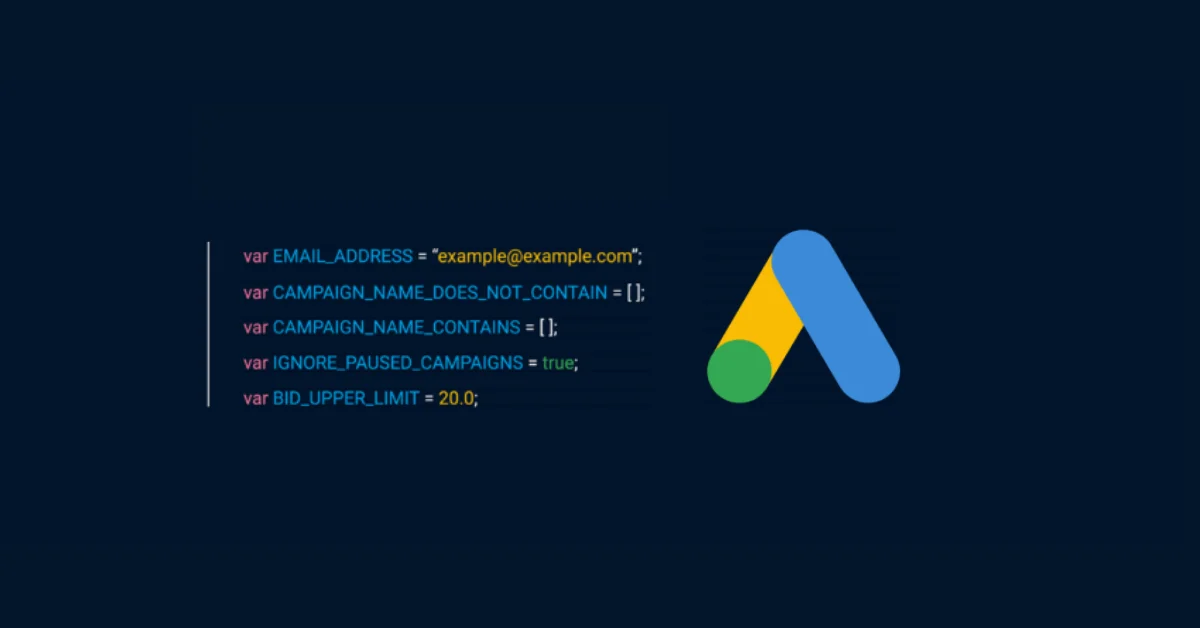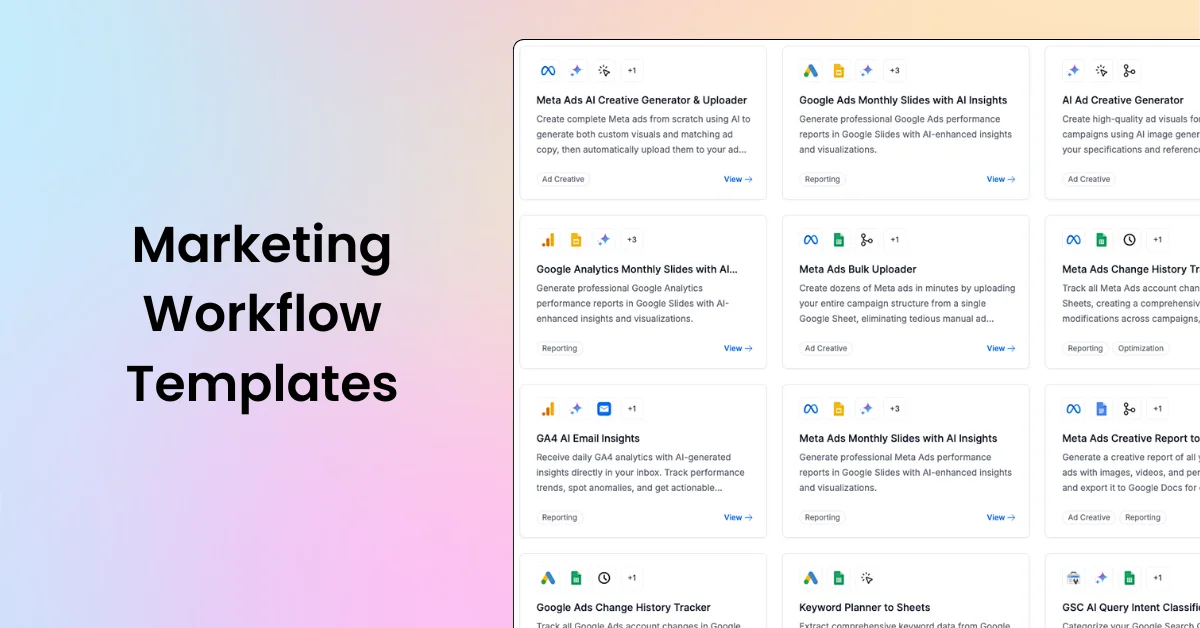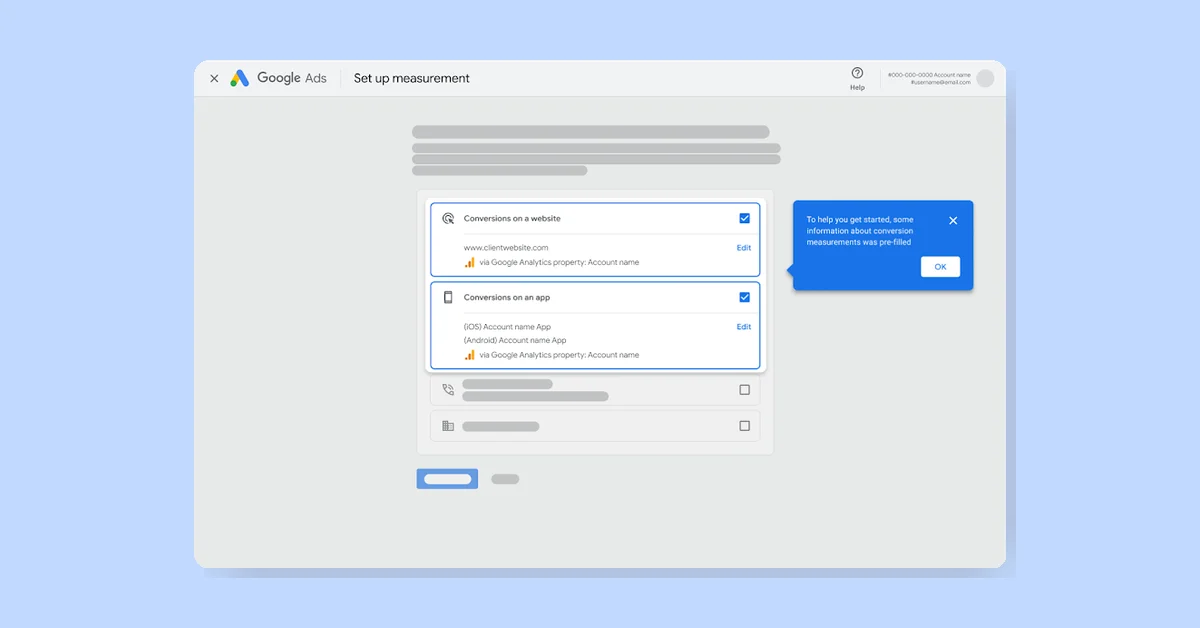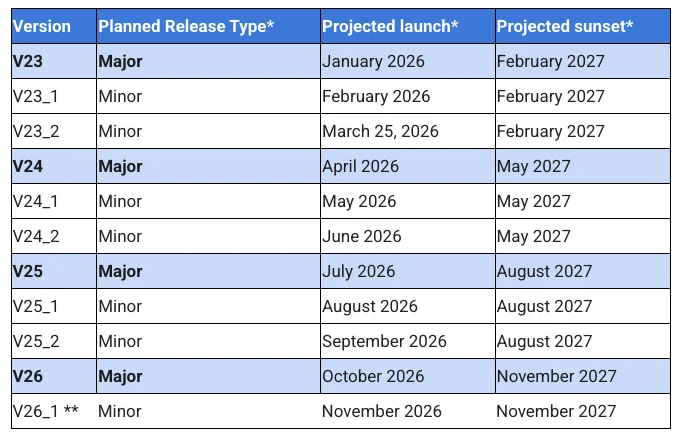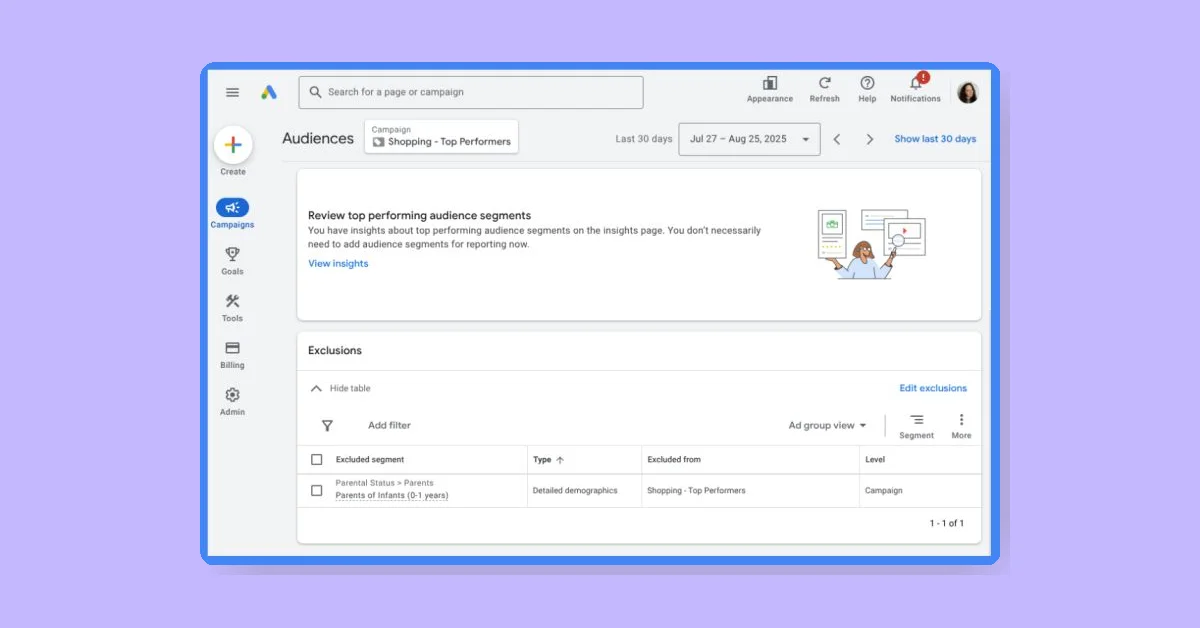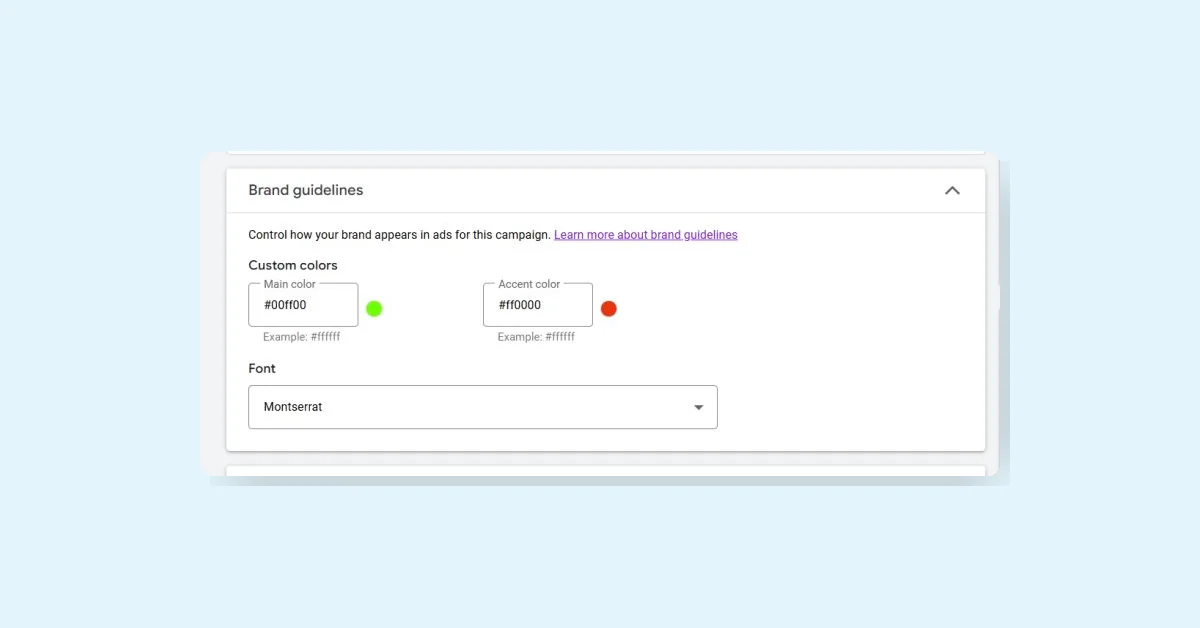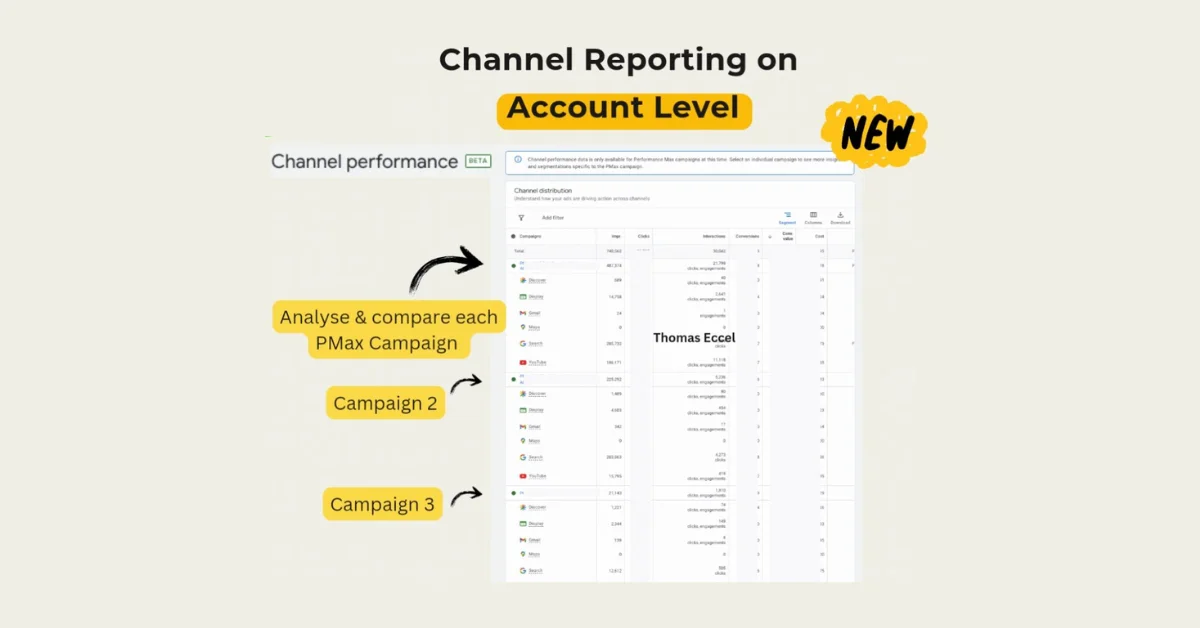In the current data-driven landscape, the effectiveness of ad campaigns relies heavily on the quality of conversion data imported into the Google Ads API. Providing richer data enhances machine learning models' ability to understand user behavior, predict outcomes, and optimize campaigns. To improve conversion imports, it is crucial to gather more than just GCLIDs.
Importance of Upgrading the Conversion Import Pipeline
Upgrading the conversion import pipeline is essential for several reasons:
- Durability: Enhances conversion attribution, especially when GCLIDs are absent, and adapts to changing privacy regulations.
- Better Modeling: Supplies more data to Google's AI for improved campaign optimization and a comprehensive understanding of user behavior.
Steps to Upgrade the Conversion Import Pipeline
- Update Google Ads API Version: Transition to version v20 or later.
- Include User-Provided Data: Use hashed user data (like email or phone number) to enable cross-device and engaged-view conversions.
- Import All Conversions: Ensure your application imports all conversions, even those lacking GCLIDs.
- Send Additional Signals: Capture session attributes using a JavaScript helper function or key-value pairs. User IP addresses can also be included for future reporting benefits.
- Adopt Braid Parameters: Use
gbraidandwbraidfor privacy-safe reporting when GCLIDs and user data are unavailable. - Implement Order ID: Utilize a unique
order_idfor referencing conversions during adjustments. - Provide Conversion Environment: Specify whether the conversion source is APP or WEB using the
conversion_environmentfield. - Consent and Data Sharing: Advertisers must ensure they have the right to share all uploaded data and set the consent field for all imported conversions.
